The ancient practice of yoga and tantra in the Mystical World of Yoginis has evolved over the centuries to encompass various paths and traditions. One such path is that of the yoginis, female practitioners of yoga and tantra who have been revered as spiritual teachers in Hinduism and Buddhism for centuries. This article aims to provide a comprehensive overview of the concept of yoginis, their history, and their practices.
Table of Contents
Who can be called a “Yogini”?
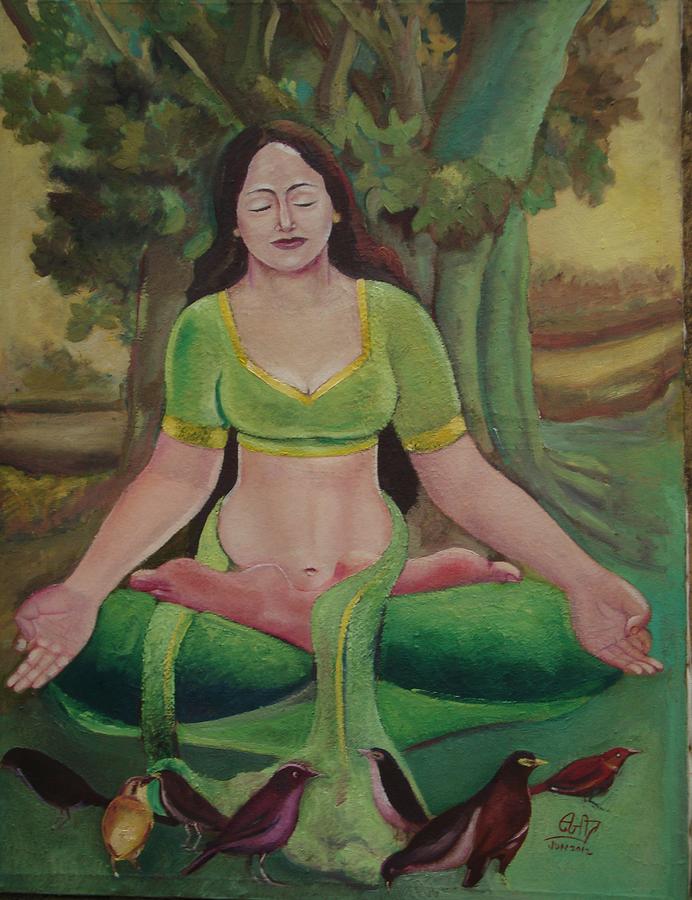
The term “yogini” refers to a female master practitioner of tantra and yoga. It is the feminine counterpart of “yogi” and is used as a term of respect for female spiritual teachers in India, Southeast Asia, and Greater Tibet. Yoginis are known for their mastery of both physical and spiritual practices and are revered for their wisdom and spiritual power.
The History of Yoginis
The worship of yoginis began outside of the Vedic religion, with the cults of local village goddesses. These goddesses were gradually grouped together into a number believed to be powerful, most often 64. Historical evidence suggests that the practice of yoginis was well-established by the 10th century in both Hindu and Buddhist traditions.
The nature of yoginis differs between traditions; in tantra, they are fierce and scary, while in India, celibate female sannyasins may describe themselves as yoginis. The term yogini has also been in use in medieval times for a woman who belongs to the Nath Yoga tradition founded around the 11th century.
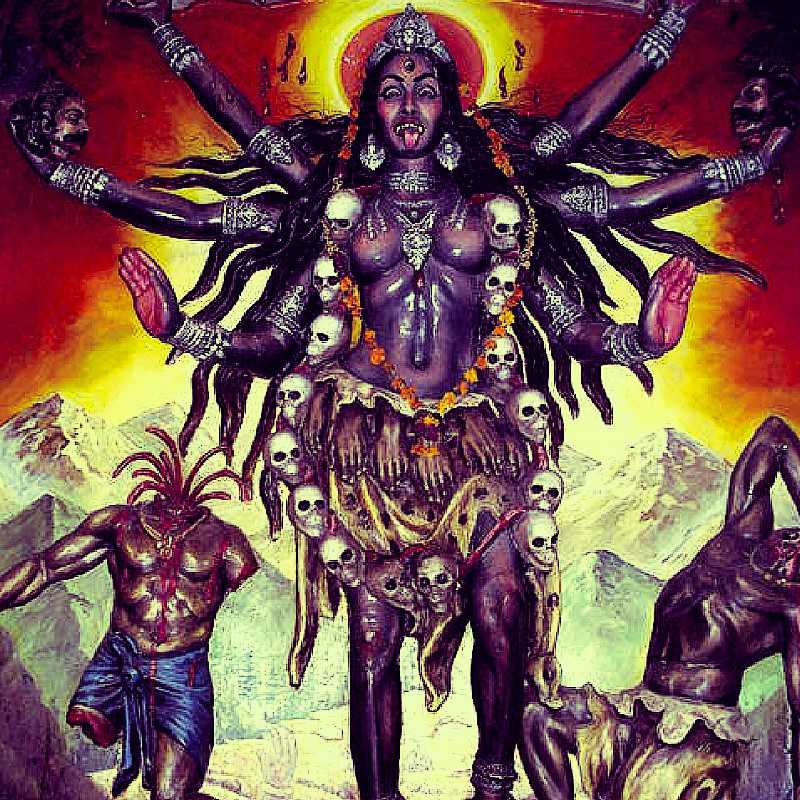
History is shrouded in mystery and legend. Some scholars trace the origins of this tradition back to ancient Vedic times, while others believe it originated during the medieval period. The earliest known reference to the Yoginis is found in the Brihadaranyaka Upanishad, an ancient Hindu text, where they are mentioned as attendants of the Mother Goddess.
Over time, the Yoginis came to be associated with Tantric practices, which emphasize the worship of the Divine Feminine as a means of attaining spiritual liberation. The 64 Yoginis were considered to be a manifestation of the Divine Feminine, representing different aspects of the goddess, such as creation, destruction, fertility, and power.
The Significance of Yoginis
- In Hinduism, yoginis are associated with Devi, the goddess. Yoginis are also revered in the yogini temples of India as the Sixty-four Yoginis, who are believed to be aspects of Parvati. Yoginis are also prominent in the Nath Yoga tradition, which was founded around the 11th century.
- Nath yogis practice yoga and their principal God tends to be Nirguna, without form and semi-monistic, influenced in the medieval era by Advaita Vedanta Hinduism, Madhyamaka Buddhism, and Tantra.
The Physical and Spiritual Practices of Yoginis
- Yoginis practice both physical and spiritual practices, including yoga asanas, meditation, pranayama, and tantric rituals. Yoginis are known for their mastery of subtle energies, and some are believed to possess siddhis, extraordinary powers, including the power of flight.
- Yoginis are also associated with “actual shapeshifting” into female animals, and the ability to transform other people. They are linked with the Bhairava, often carrying skulls and other tantric symbols, and practicing in cremation grounds and other liminal places.
- The practice of yoginis involves a combination of yoga and tantra, with a focus on feminine energy and power. Yoginis are revered for their ability to harness this energy and use it to achieve higher states of consciousness. The practice involves various rituals, mantras, and visualizations, as well as physical postures and breathing exercises.
The Legacy of Yoginis
Yoginis have left a lasting legacy on the spiritual traditions of India and Southeast Asia. They have been portrayed in art, literature, and music, and their teachings have been passed down through generations. Yoginis continue to be revered as spiritual leaders and teachers, and their practices continue to inspire and influence practitioners of yoga and tantra today.
The ancient practice of yoga has evolved over the centuries to encompass various paths and traditions. One such path is that of the yoginis, female practitioners of yoga and tantra who have been revered as spiritual teachers in Hinduism and Buddhism for centuries.
Yogini Temples in India
The tradition of yoginis has been preserved in several yogini temples across India, the most famous of which is the temple of the Sixty-four Yoginis in Khajuraho. These temples are dedicated to the worship of yoginis and feature intricate carvings and statues of the goddesses. The yoginis are depicted with animal heads and are shown in various poses, including dancing and playing musical instruments.
The worship of the 64 Yoginis is still prevalent in some parts of India, especially in Odisha, where the Yogini temples are located. The Yogini temples are circular in shape, with each Yogini represented by a stone statue placed in niches around the central sanctum.
Modern-Day Yoginis:
The tradition of yoginis is still alive today, with many women practicing yoga and tantra to harness their feminine energy and power. The practice of yoginis has also evolved to include modern techniques such as meditation and mindfulness. Women today are empowered to embrace their inner yogini and channel their energy to achieve their full potential.
The 64 Yoginis or Chausath Yogini

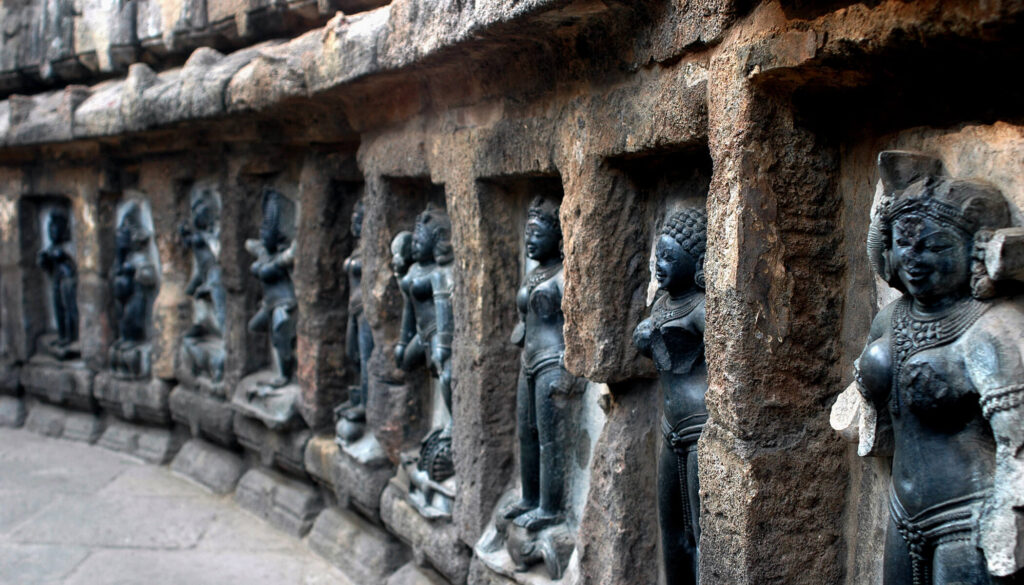
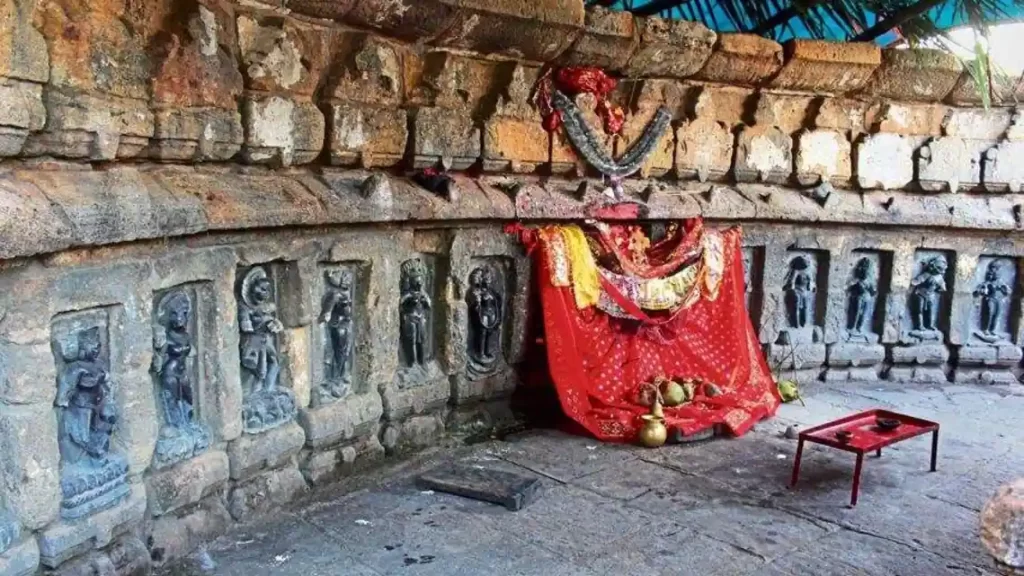
The 64 Yoginis, also known as Chausath Yogini in Hindi, is a unique and fascinating aspect of Indian spiritual tradition. The term ‘Yogini’ refers to female practitioners of Yoga, Tantra, and other esoteric practices. The 64 Yoginis are a group of powerful and mystical goddesses or female deities, associated with various aspects of nature and spirituality. They are often depicted in a circular formation, each with her unique attributes and powers.
Mythology and Symbolism of the 64 Yoginis
In Hindu mythology, the 64 Yoginis are often associated with the goddess Kali or Durga, who is the supreme embodiment of the Divine Feminine. They are believed to be her attendants, assisting her in her various tasks, such as destroying evil and maintaining balance in the universe.
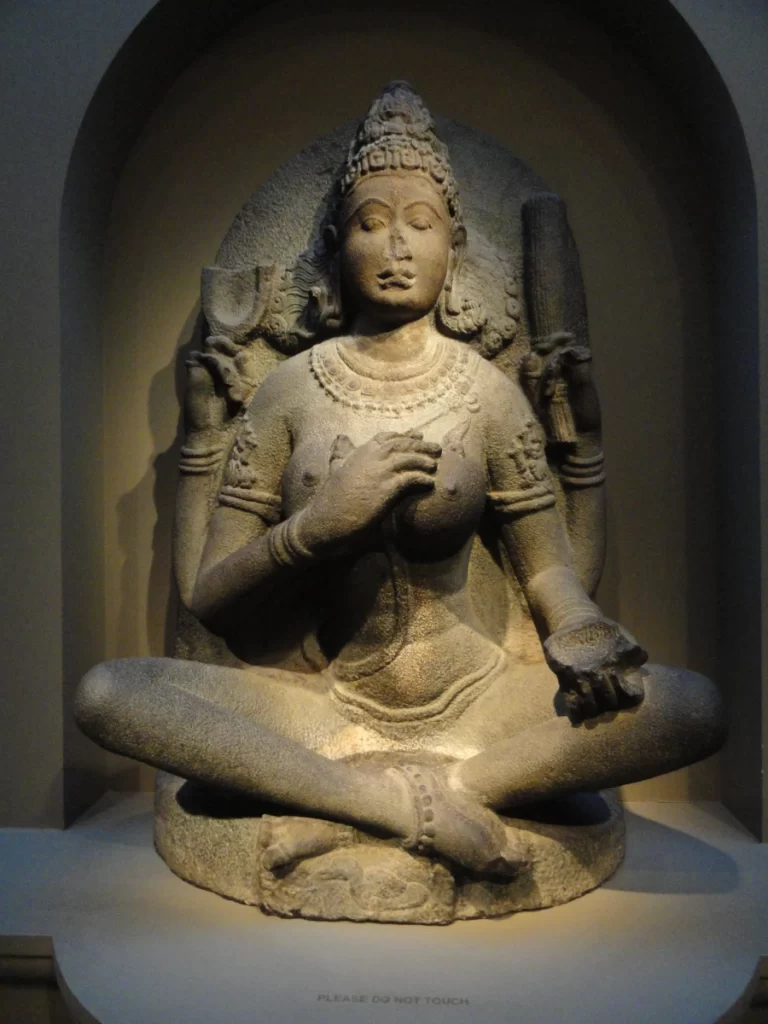
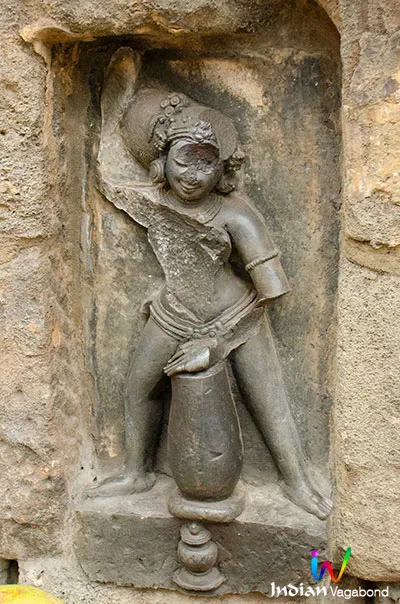

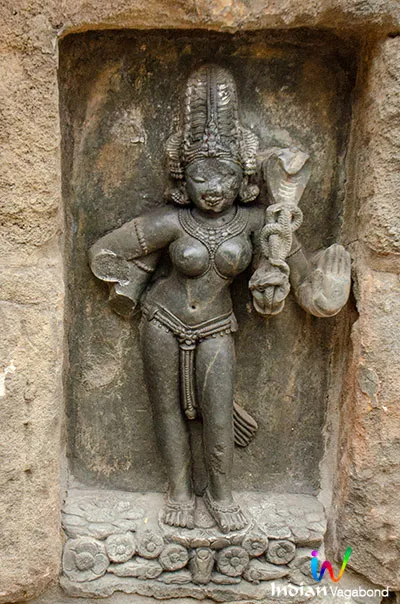

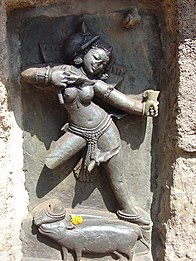
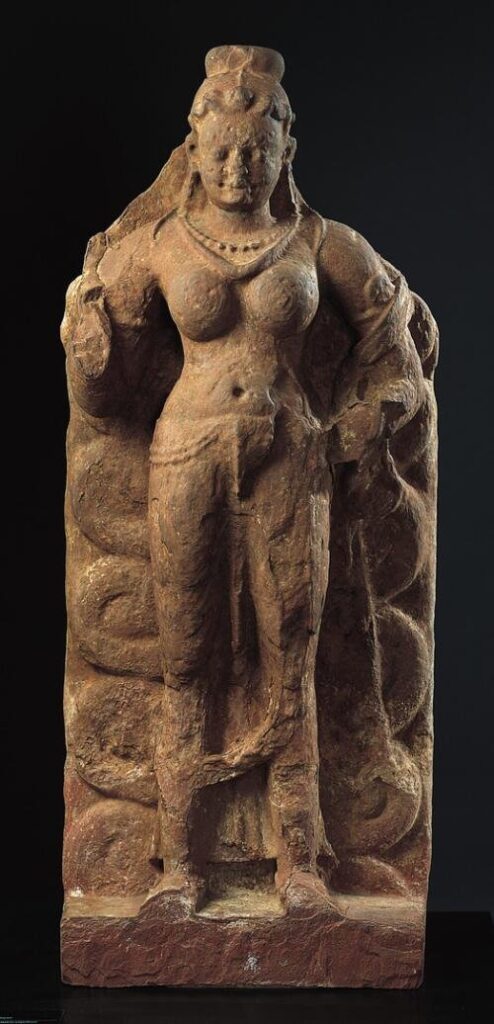
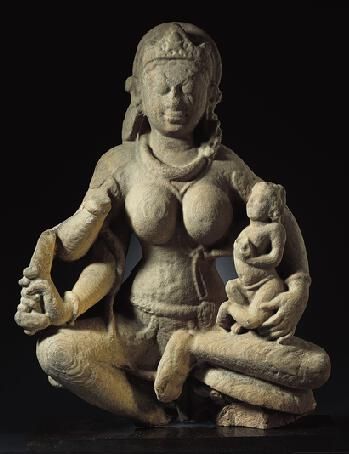

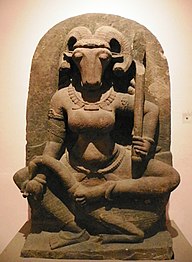
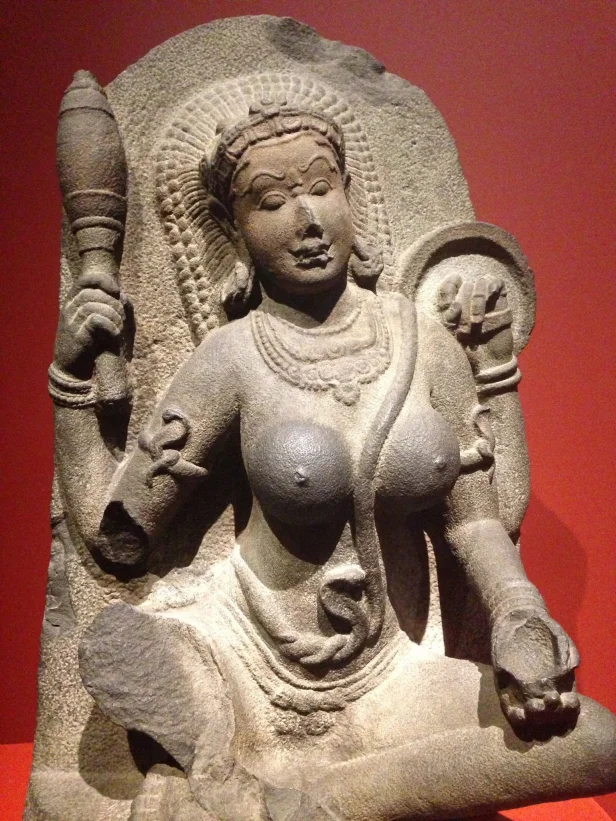
The circular formation of the Yoginis is said to represent the cyclical nature of the universe and the eternal rhythm of life and death. Each Yogini is associated with a particular animal, symbolizing her unique power and energy. For example, Mahakali, the supreme Yogini, is associated with a lion, while the Yogini of the south direction is associated with a frog.
The number 64 is also significant in Hindu mythology, representing the 64 arts and sciences that were considered essential for a complete education. The Yoginis were believed to be the guardians of these arts and sciences, imparting their knowledge to those who sought their blessings.
Worship and Practices of Yogins
The worship of the Yoginis involves various Tantric rituals and practices, such as meditation, mantra chanting, and offerings of flowers and food. It is believed that by invoking the blessings of the Yoginis, one can attain spiritual liberation and worldly success.
The Yoginis are also associated with healing and protection, and their worship is believed to bring about physical and mental well-being. In some Tantric traditions, the Yoginis are invoked for protection against negative energies and evil spirits.
Further Notes on 64 Yoginis
The 64 Yoginis are a unique and fascinating aspect of Indian spiritual tradition, representing the power and energy of the Divine Feminine. Their circular formation, animal associations, and symbolic significance make them an intriguing subject of study and worship. The Yoginis embody the essence of Tantra, which emphasizes the worship of the Divine Feminine as a means of attaining spiritual liberation. The worship of the Yoginis is still prevalent in some parts of India, and their legacy continues to inspire spiritual seekers and scholars alike.
Conclusion:
The practice of yoginis is a rich and mystical tradition within the spiritual practices of India and Southeast Asia that has been preserved for centuries. The combination of yoga and tantra, along with the reverence for feminine energy and power, makes yogini practice a unique and transformative experience. Whether through the ancient temples of India or modern-day yoga classes, the tradition of yoginis continues to inspire and empower women today.
They are revered for their spiritual power, wisdom, and mastery of both physical and spiritual practices. Through their teachings and practices, yoginis have left a lasting legacy on the spiritual traditions of the region, inspiring and influencing generations of practitioners.
References
- https://www.researchgate.net/publication/319586522_Introduction_to_Cognitive_Science_and_the_Study_of_Yoga_and_Tantra
- https://indianculture.gov.in/ebooks/tantra-yoga
- https://www.vedanet.com/tantra-and-its-misconceptions-reclaiming-the-essence-from-the-illusions/2019/
- https://www.academia.edu/44268908/A_WEB_OF_RELATIONS_INTERPRETING_INDIAN_YOGA_AND_TANTRA_AS_FORMS_OF_ESOTERICIS
- https://link.springer.com/article/10.1007/s41782-022-00202-7
- https://ochsonline.org/course/understanding-tantra-lecture-series/
